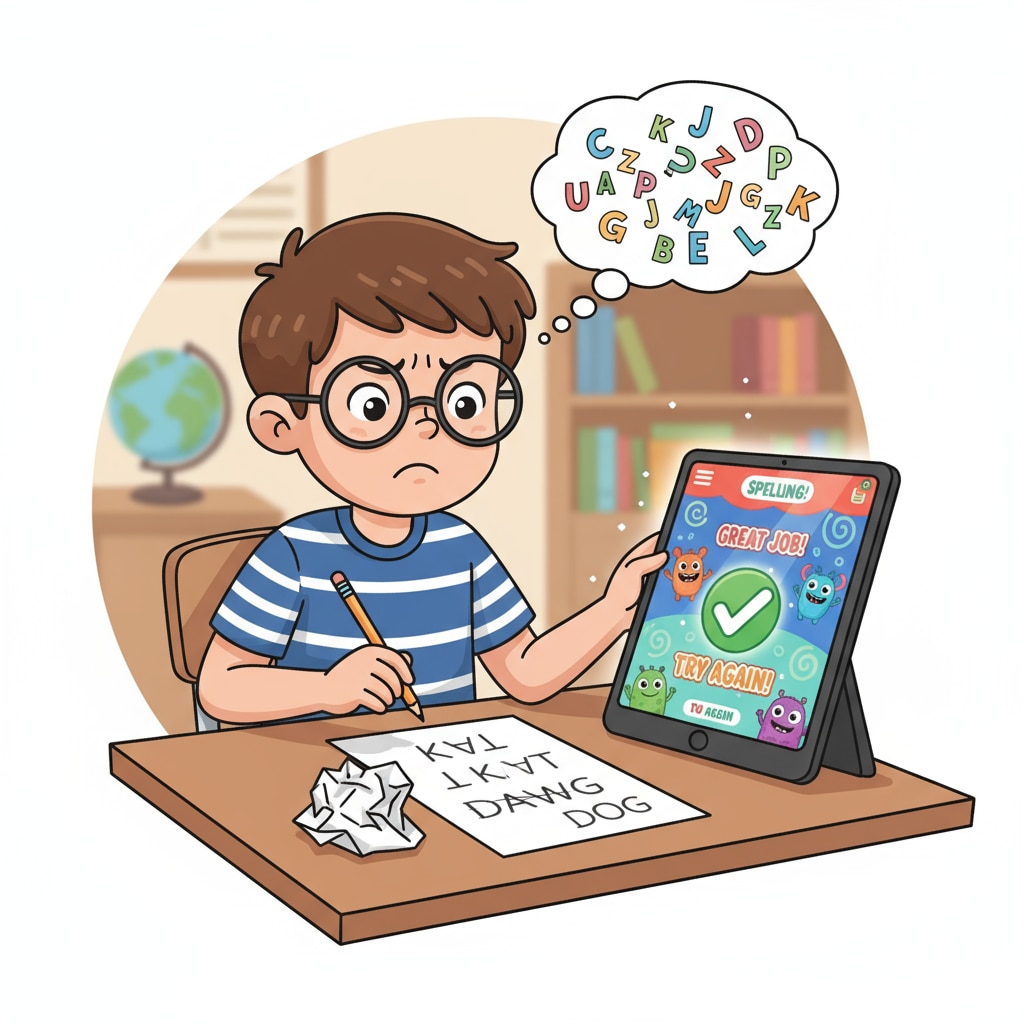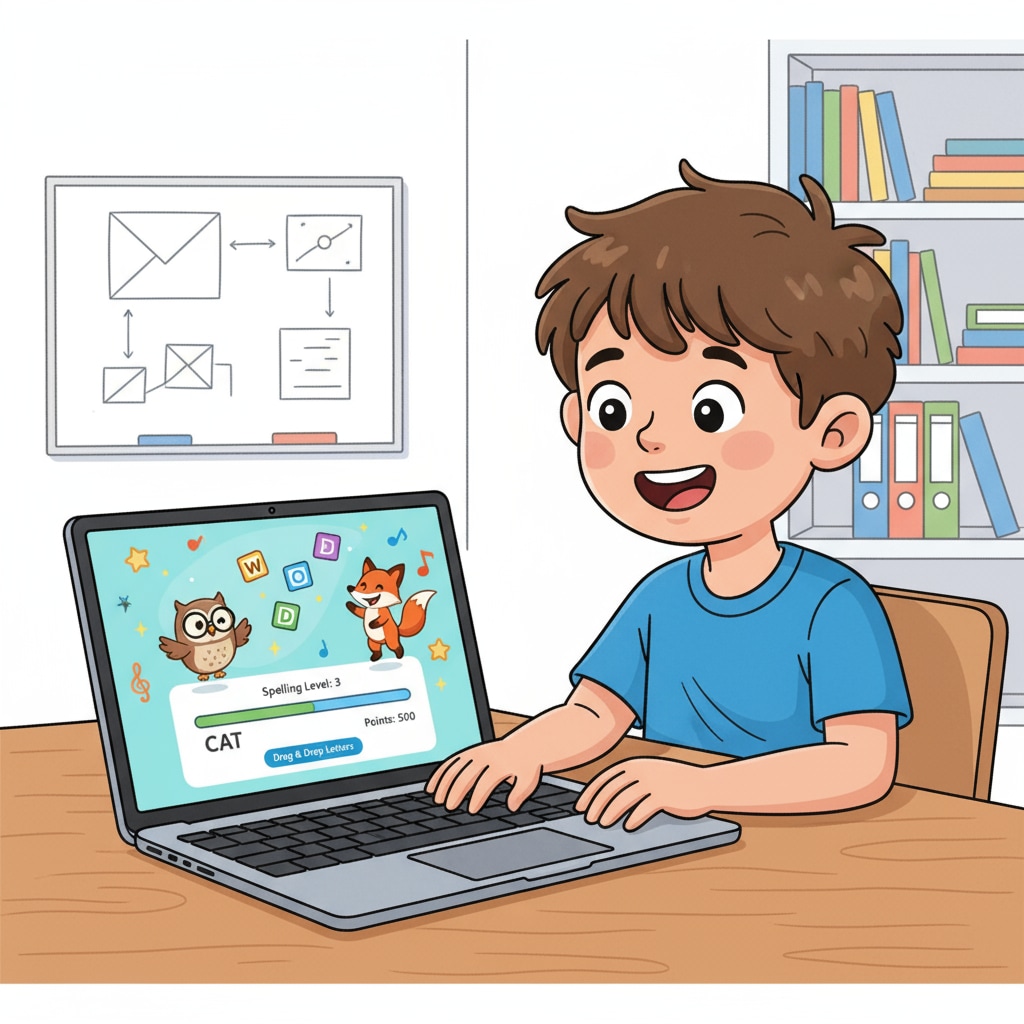ADHD, spelling learning, and applications are crucial aspects when it comes to helping children with Attention-Deficit/Hyperactivity Disorder (ADHD) improve their spelling skills. Traditional spelling learning approaches typically involve rote memorization and repetitive drills. However, for children with ADHD, these methods often prove ineffective due to their unique cognitive and behavioral characteristics. ADHD is a neurodevelopmental disorder that affects a child’s ability to focus, pay attention, and control impulses, making it challenging for them to engage with conventional spelling learning techniques.

The Challenges of Spelling Learning for ADHD Children
ADHD children face multiple obstacles in spelling learning. Their difficulty in maintaining focus can cause them to miss important instructions during spelling lessons. For example, they might be distracted by a noise in the classroom and fail to hear how a word is pronounced or spelled. In addition, their impulsivity can lead to hasty writing, resulting in numerous spelling mistakes. According to CDC’s information on ADHD, these children often have trouble organizing their thoughts, which also impacts their spelling as they may struggle to recall the correct letter order in a word.
Benefits of Personalized Digital Applications
Personalized digital applications offer a ray of hope. These apps can be tailored to the individual needs of ADHD children. For instance, some apps use gamification techniques to make learning fun. By turning spelling into a game, children are more likely to stay engaged. They might earn points or unlock new levels as they correctly spell words, motivating them to keep learning. Moreover, many apps provide visual and auditory cues. Visual aids like pictures or animations can help children remember the meaning and spelling of a word, while auditory feedback, such as hearing the word pronounced correctly, can reinforce their learning. Understood.org’s resource on ADHD also emphasizes the positive impact of such multi-sensory approaches for ADHD learners.

Another advantage is the ability to provide immediate feedback. When a child enters a misspelled word, the app can quickly point out the error and offer the correct spelling. This instant correction helps children learn from their mistakes right away. Additionally, apps can track a child’s progress over time, allowing parents and educators to identify areas where the child is struggling and adjust the learning plan accordingly.
In conclusion, when it comes to ADHD, spelling learning, and applications, it’s evident that personalized digital tools can play a crucial role in helping these children overcome their spelling challenges. By leveraging the unique features of these applications, we can create a more engaging and effective learning environment for ADHD children, enabling them to reach their full potential in spelling.
Readability guidance: The article uses short paragraphs to present information clearly. Each H2 section provides a list of key points. Passive语态 is minimized, and transition words like ‘however’, ‘in addition’, and ‘for example’ are used to connect ideas smoothly.


